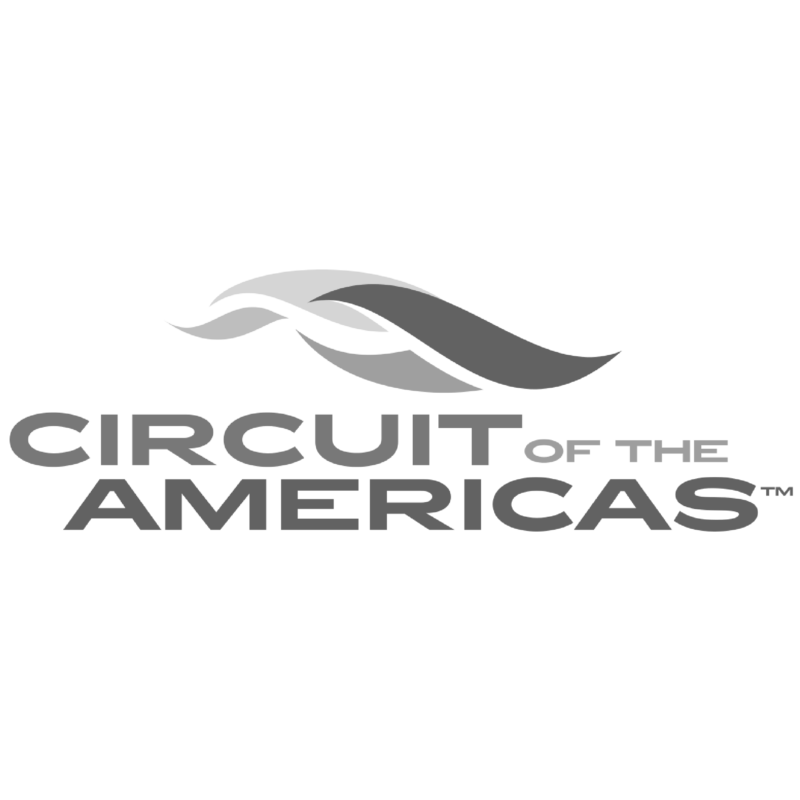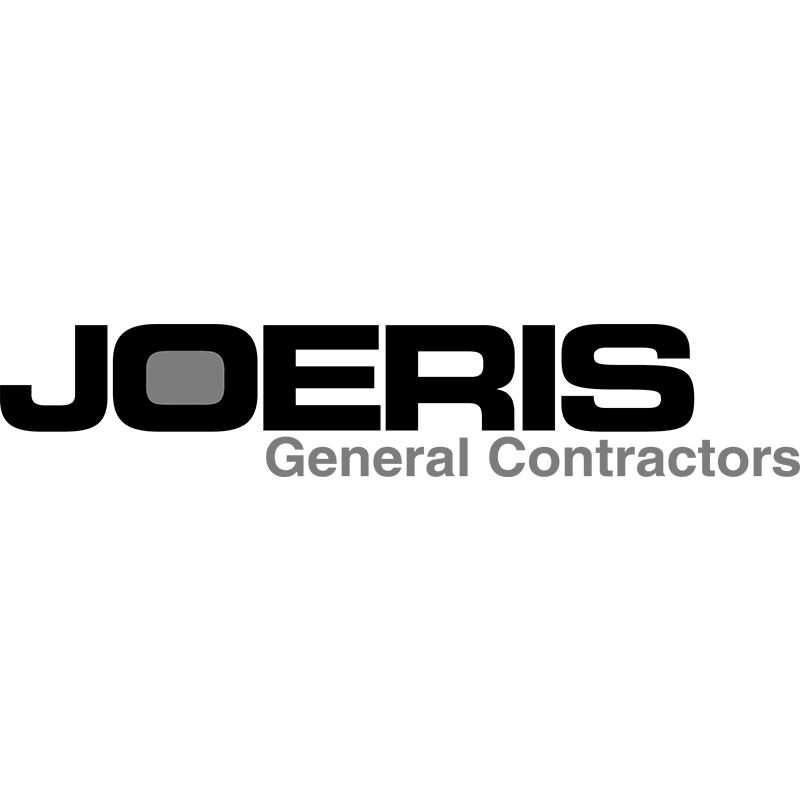Key Factors in Choosing Shade Sail Designs
Selecting the right shade sail design is key to creating a comfortable outdoor area. First, pinpoint sturdy points for attachment, like trees or posts. Choose a size that’s slightly less than your intended coverage space to prevent wind damage.
For lasting use, opt for heavy-duty commercial options designed to handle stress and stand firm against elements over time. Proper installation means pulling the fabric tight to maximize tautness and durability, ensuring an effective stretch without compromising structure integrity.
Assessing Size and Coverage Needs
First, identify your attachment points to assess the size and coverage needs for a shade sail. These can include trees or sturdy structures around your space. Measure the distance between each point where you’ll secure the sail. This will guide the needed dimensions.
For stability in windy conditions, opt for a sail about 12 inches less than that measured area to ensure it remains taut without damage to its supports. When considering shape – triangle, square, or rectangle, it’s vital to reflect on your specific site layout and aesthetic desires. Larger spaces may benefit from an overlap of sails, while smaller areas might suit just one piece best.
Remember: precise measurements are key for proper fit, especially if ordering custom sizes tailored perfectly for commercial applications, ensuring both appearance and durability aren’t compromised.
Understanding Material Durability
Material durability in shade sails is a big deal. You want the fabric to stand up against rain and sun and wear over time. That’s why you should think hard about which material will work best for your client’s space and needs.
For starters, waterproof options are key if keeping things dry, such as at sports venues. They ensure that sudden storms won’t dampen spirits or damage gear tucked away underneath them. Now, let’s talk solar canopies. They’re smart picks for businesses looking to go green while shielding from harsh rays with 95% protection and slashing UV threats by 97%.
Solar shades do more than block sunlight; they catch it, too! This turns an ordinary canopy into something pretty amazing: part shade provider, part-energy creator! Materials like HDPE offer lasting cover with minimal upkeep.
Just a quick clean here and there keeps it as good as new. Other fabrics offer features like fire resistance, but always remember PVC when strength is non-negotiable. PTFE tops the charts for water-blocking ability and is the ultimate guard during downpours, but don’t forget other types, too, based on how much light gets through or the color variety needed to match the brand aesthetic precisely.
Choosing comes down to matching business type plus location specifics with functionality demands, a tailored approach ensuring both practicality and style meet spot-on.
Selecting Appropriate Shapes
When choosing a shape for your shade sail, think function and beauty. Triangle sails bring a touch of the modern; squares or rectangles ramp up coverage. Beyond style, size matters big time: Measure your space to get it right. Big areas need solid support for those larger shades.
Now, what about color? It sets the mood! Match home tones or go bold with contrasts. It’s in your hands. And location is key. You’ll want cool comfort where sunlight hits hardest during peak hours. For that snug fit, ensure anchor points are firm to avoid wear from sun exposure over time. Shade sails could be just what you need. They’re different than pergolas and pack their own punch even on rainy days with waterproof options at hand.
Color Considerations for Longevity
When you pick out a shade sail, consider color and durability. You want one that can withstand the sun for years without fading or wearing thin. The best kind uses HDPE fabric, which is strong against UV rays and keeps your skin safe outdoors.
Look for sails with top UV ratings to shield against harm; this will ensure long use and enjoyment from your purchase. Easy care matters, too. Find those resistant to mold, so cleaning is simple, making them stay nice over time. Shade sails aren’t just useful; they also add style. Choose colors wisely to boost your space’s appeal!
Remember: high quality means longer-lasting value despite higher initial prices.
Installation Site Conditions
Your installation site conditions set the stage for shade sail success. Start with waterproof sails to shield cars from rain; regular ones deflect the sun just fine. Budget is key. Maybe a single triangle does enough, providing cool when it counts.
Think about how you’ll angle them up there. The slant helps the water slide off towards spots that might need quenching. Poor tilt invites puddles where they’re not wanted! That’s crucial, too, in picking your spot and shade setup style.
Remember, different hues affect brightness beneath. Lighter shades let more light shimmer through if that’s what you’re after.
Maintenance and Care Tips
Keep your shade sail in top shape with regular cleaning. You must wash away dirt before it sticks hard and stains the fabric. Small tears can grow, so inspect your sails often; fix them quickly to avoid a full replacement later.
After storms or harsh weather, check for hidden damage that could harm your sail’s life. Remember, proper installation is key. A poorly set-up sail will get dirty and damaged much faster than one correctly mounted. Stay sharp on these care tips from trusted brands like ShadePro to ensure longevity for your commercial shade investment.
Customization Options Explored
When picking fixtures for your shade sail, think heavy-duty. Opt for marine-grade stainless steel, also called 316-grade, which stands up to all weather without rusting or wearing down. Your choice in fixing points relies on the sail’s weight and size, so make sure you match these elements correctly with robust components built to last.
This way, your customized space benefits from a durable design that remains both functional and appealing through seasons of use.
Selecting the right shade sail design demands careful thought. Consider durability, UV protection, and materials that withstand weather. The size and shape must perfectly suit your space. Color choices should complement existing structures.
Always opt for a style that blends function with aesthetic appeal to ensure it looks great years later. Trust ShadePro for guidance on these factors, and ensure your choice melds practicality with visual impact for an inviting outdoor area you’ll enjoy time after time.
















